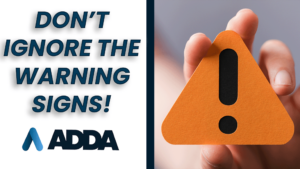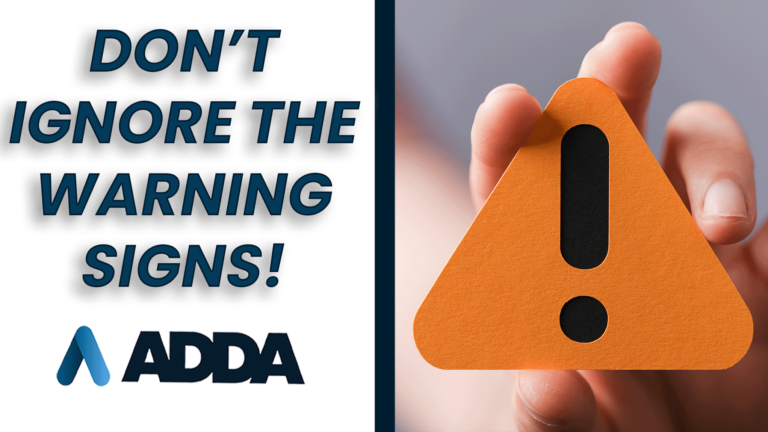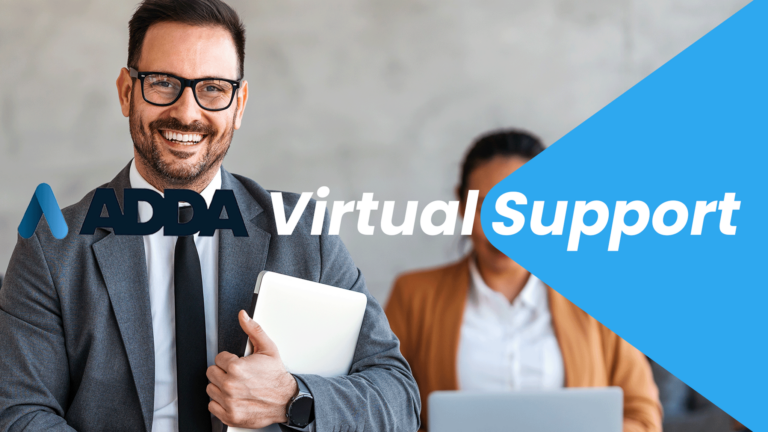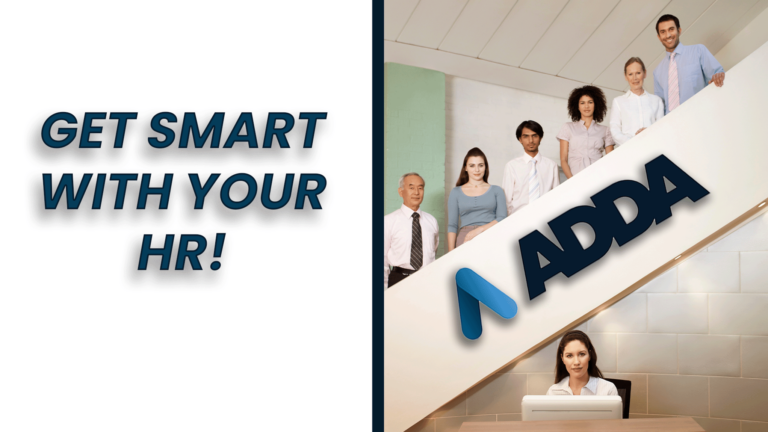All hands on deck! It’s time to bring all-hands meetings into your employee engagement strategy. Of course, we’ve all sat through some less than engaging presentations, but when done correctly, they benefit your whole organization.
Pulling off an all-hands meeting requires planning and enthusiasm, but with a bit of work, your employees will be excited about that block on their calendar. The trick is understanding what they need to hear and who they need to hear it from.
Many elements of these meetings vary based on your specific company, but the basics are pretty broadly applicable. In this blog, we’ll explain the importance of all-hands meetings and how to pull them together.
Why are All-Hands Meetings important?
All-hands meetings give employees an idea of the bigger picture. When you show up to work every day, plug away at your tasks and sign off, it’s easy to lose sight of the value of your contributions. Moreover, the work of your peers might be a total mystery to you. This can lead to feelings of isolation or resentment. In fact, with the rise of remote work during the pandemic, 65% of employees reported feeling disconnected from their company.
These are serious issues, but well-run, purposeful all-hands meetings start alleviating many of them. Employees can learn what happens in other departments, rally around each other for successful projects, and hear directly from leadership about the state of the business. Essentially, building a more connected workplace starts here.
Who should present at an All-Hands?
Your all-hands presenters may vary. We encourage executive leaders to speak, even briefly, at any of these meetings because many employees don’t have much exposure to them elsewhere. However, you can also assign each all-hands meeting to specific departments to share what they’ve been working on. You can even bring in a guest speaker to shake things up!
What matters most is that whoever speaks is well-prepared to make good use of everyone’s time. If you’re a smaller company, you may not need to rotate speakers as much as a larger company with more disparate parts. Basically, find a pattern that works for your business and run with it!
Once you’ve figured out who should speak and how often the meetings occur, you can turn your eyes towards a content framework. Below, you’ll find an easy all-hands outlineto get you started.

2. Introduce the topic and new teammates
Kick your all-hands meeting off on a light note by overviewing the topics covered in the session. Then everyone will be on the same page about the content, the call length, and whether employees can ask questions throughout or at the end.
Once you’ve briefly set that up, take some time in this introductory bit to celebrate any new employees who recently joined the team. Send out a survey for new hires before the meeting with a few icebreaker questions. Then, use their answers on the slide, so your team can get to know these fresh faces while keeping the presentation in time.
2. Celebrate accomplishments and share opportunities
By now, the energy ought to be high, so let’s keep it there. This portion of the all-hands meeting often serves as the meat of the presentation. If you take the approach of departmental highlights, have them share what they’ve been working on!
Did sales crush their quota? Is engineering ready to launch a new feature? Is HR prepared to share their employee engagement survey results? Acknowledge significant team initiatives; then turn the spotlight on the exceptional work of individuals. This will foster greater understanding and appreciation across departments.
Next, have the team, or teams, share opportunities for improvement they’ve identified. As much fun as it is to focus on success, it’s equally important to show self-awareness and a vision for growth in each department. Every group has struggles, and acknowledging them builds empathy and support across the company.
3. Share company updates
After zooming in on specific departments, take a step back and update employees on broader company topics. This could mean sharing information about new benefits and perks or announcing company-wide initiatives. However, it’s also the perfect time to let your employees understand how the company is performing.
You may not have as many relevant updates between presentations if you’re doing a monthly or bimonthly all-hands meeting. Still, at least a quarterly update on company progress, goals, and performance keeps everyone aligned.

4. End with an interactive Q&A
Above all else, end the meeting on time! Enthusiasm for these meetings wanes quickly if they consistently run over. However, if you’ve budgeted enough time, finish the discussion with an interactive Q&A. You can set up your video conference to allow question submissions and assign a teammate to moderate the conversation.
Though presenters may not have much time to go in-depth on their answers, spending some time here clears things up for all involved. Once the meeting hits time, try to close things quickly and courteously. Then, keep the conversation going elsewhere! Encourage employees to direct further questions to the speakers or executives directly or in a dedicated Slack or Teams channel.
5. Gather feedback after all-hands meetings
After the dust settles, it never hurts to send out a quick survey to learn what worked and what needs improvement. Survey participation doesn’t need to be mandatory, but don’t shy away from constructive feedback. Share results with presenters as you see fit. As with any work initiative, the goal should be regularly refining the all-hands meetings, so they provide as much value as possible.
ADDA is here to help!
All-hands meetings are great for bringing your employees together and fostering greater engagement. If you want to see further improvements to employee engagement and relations, schedule a call with ADDA today!









